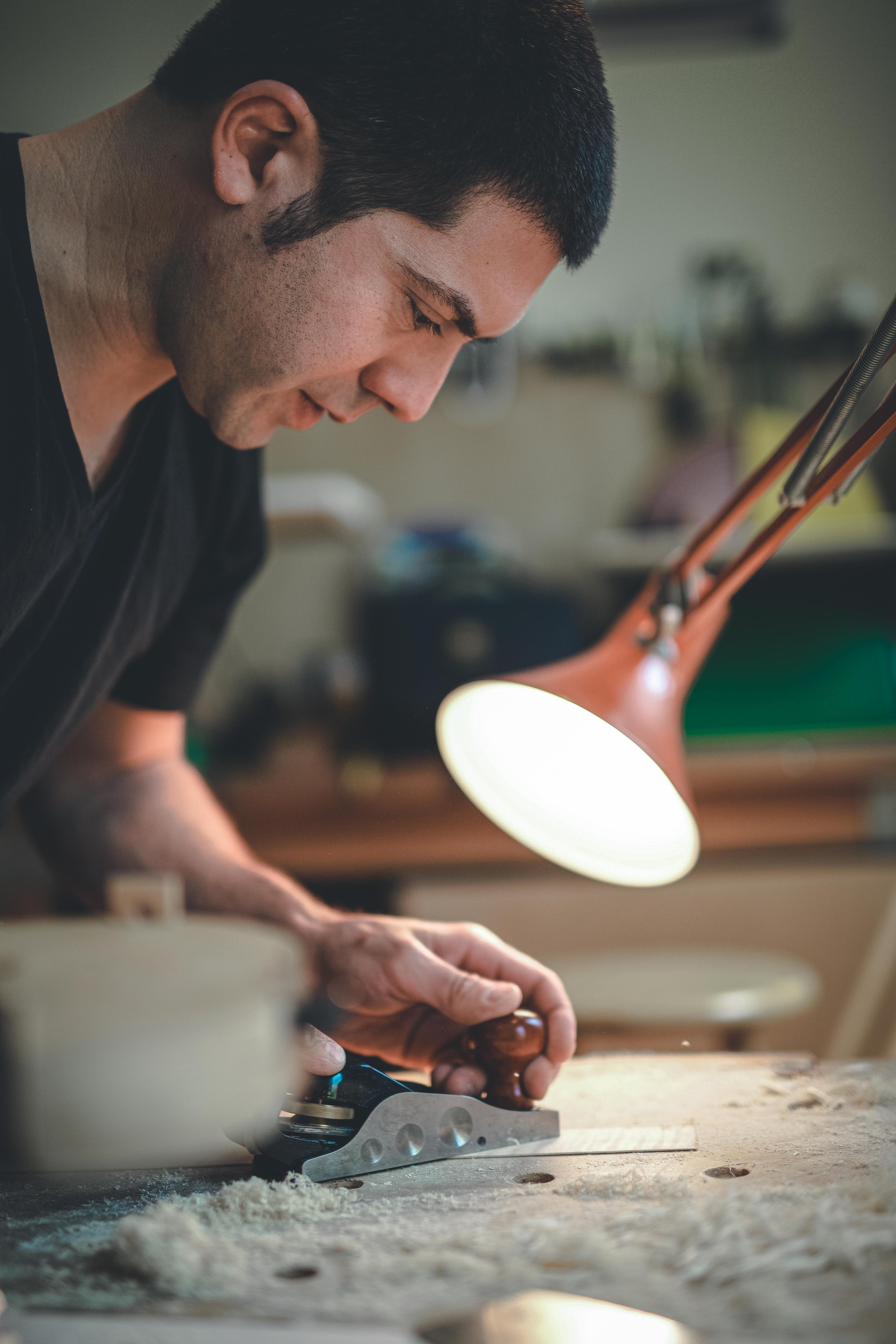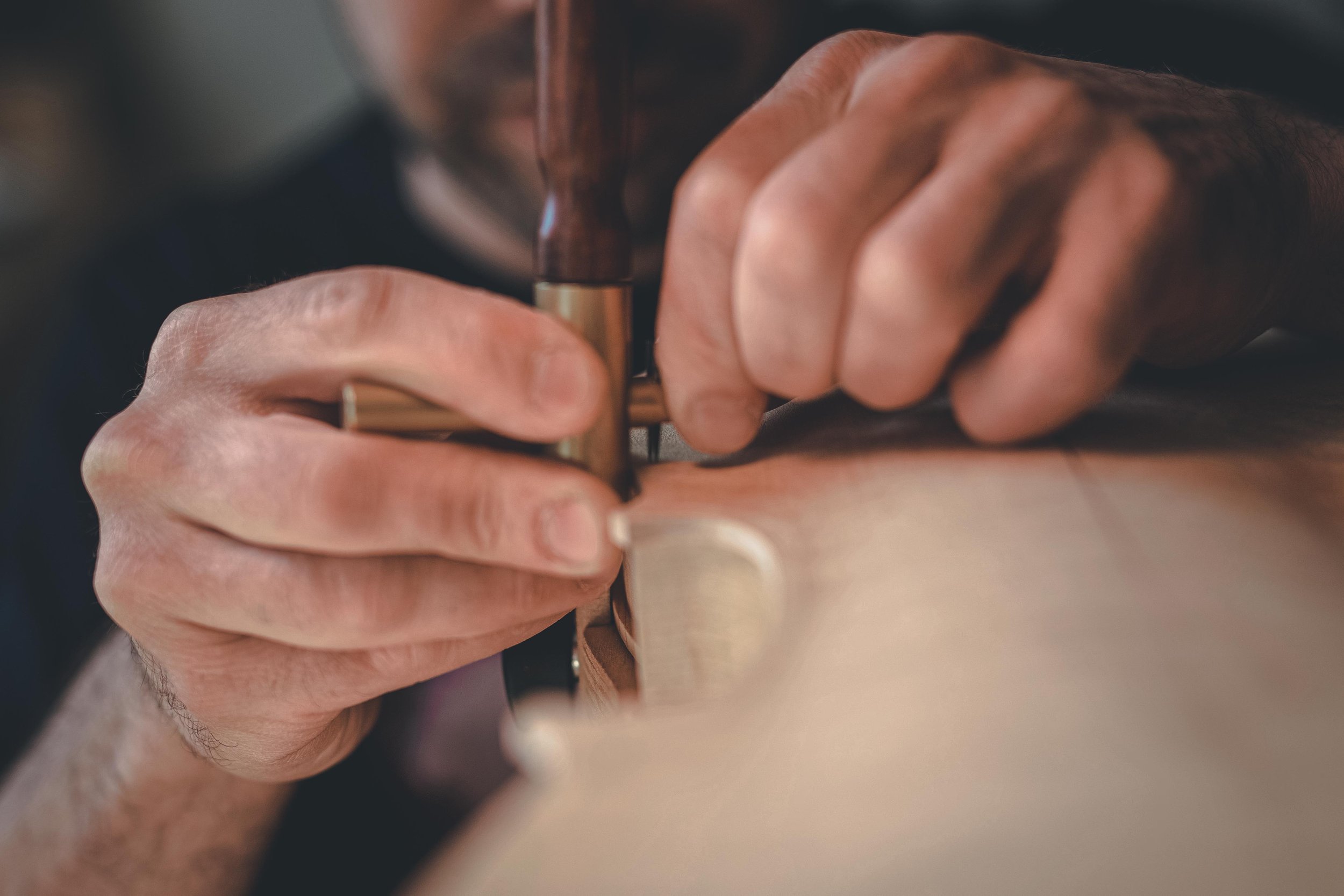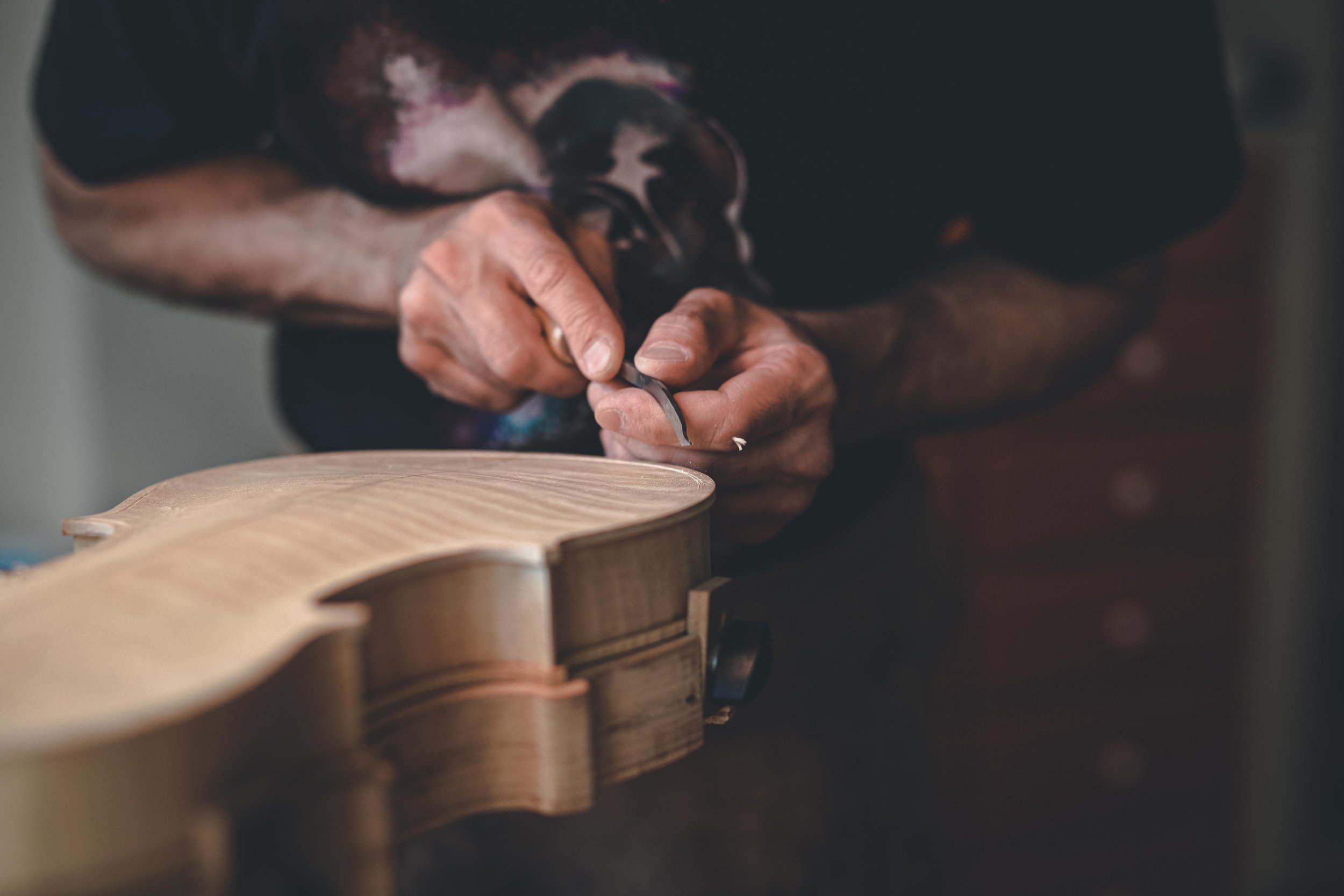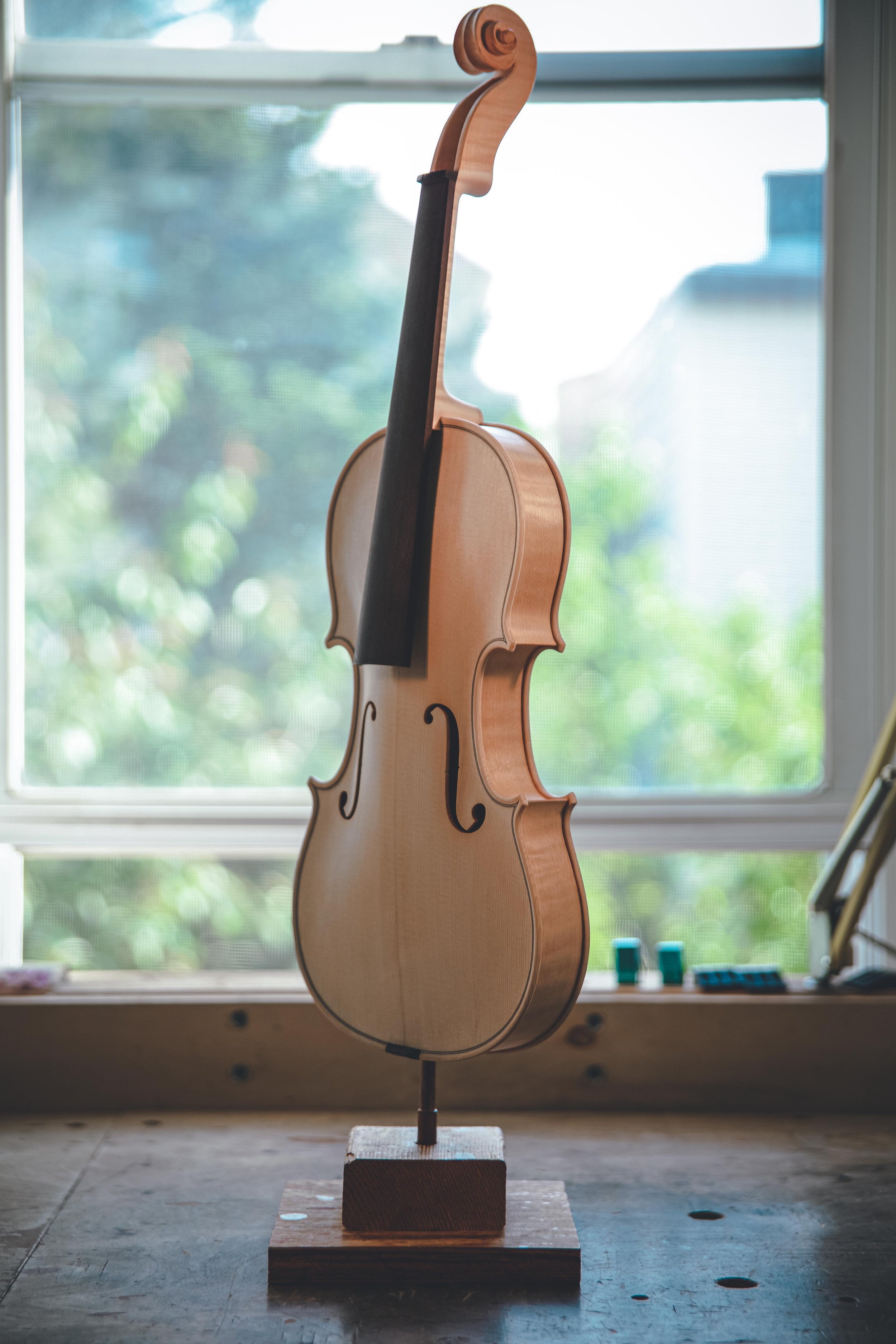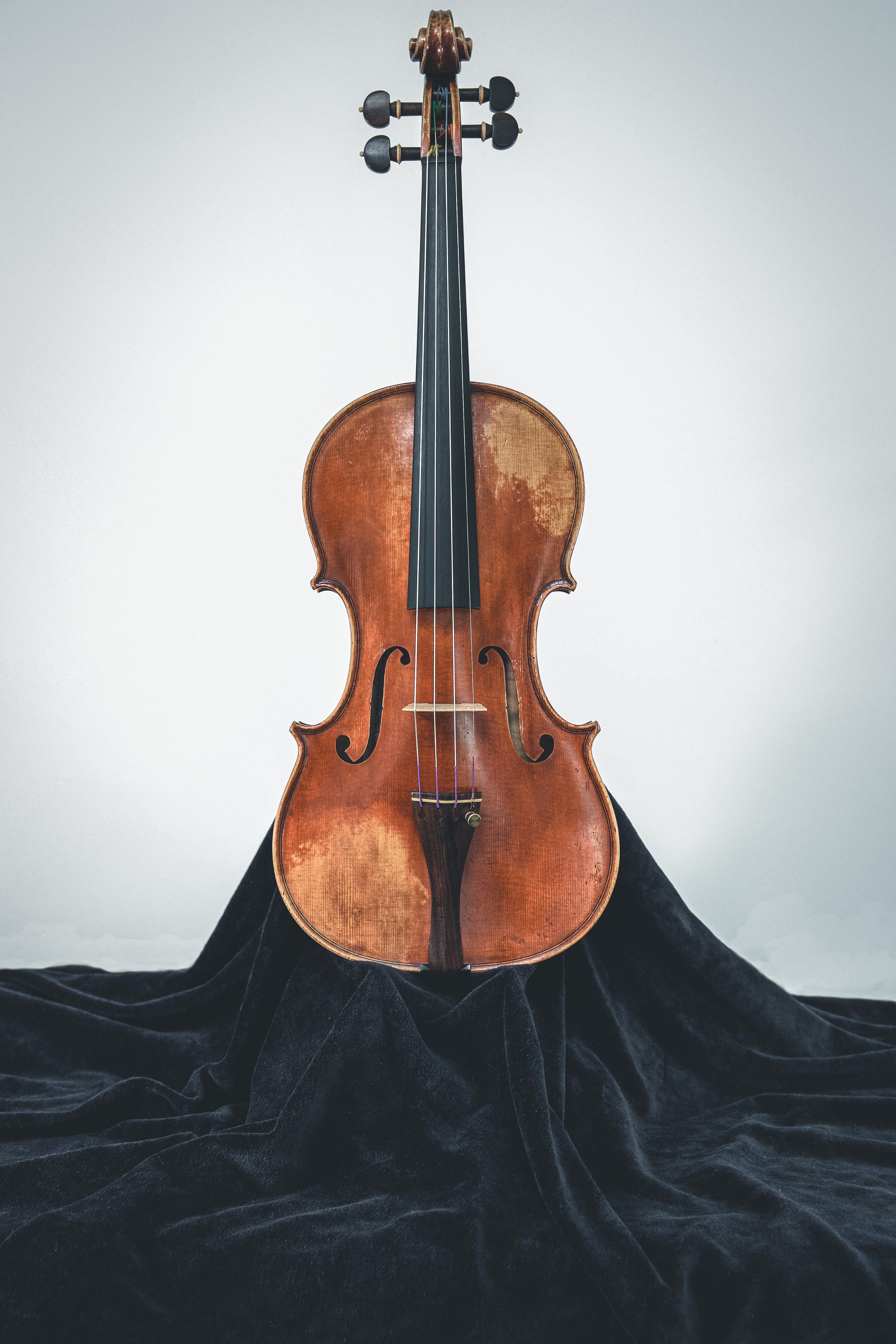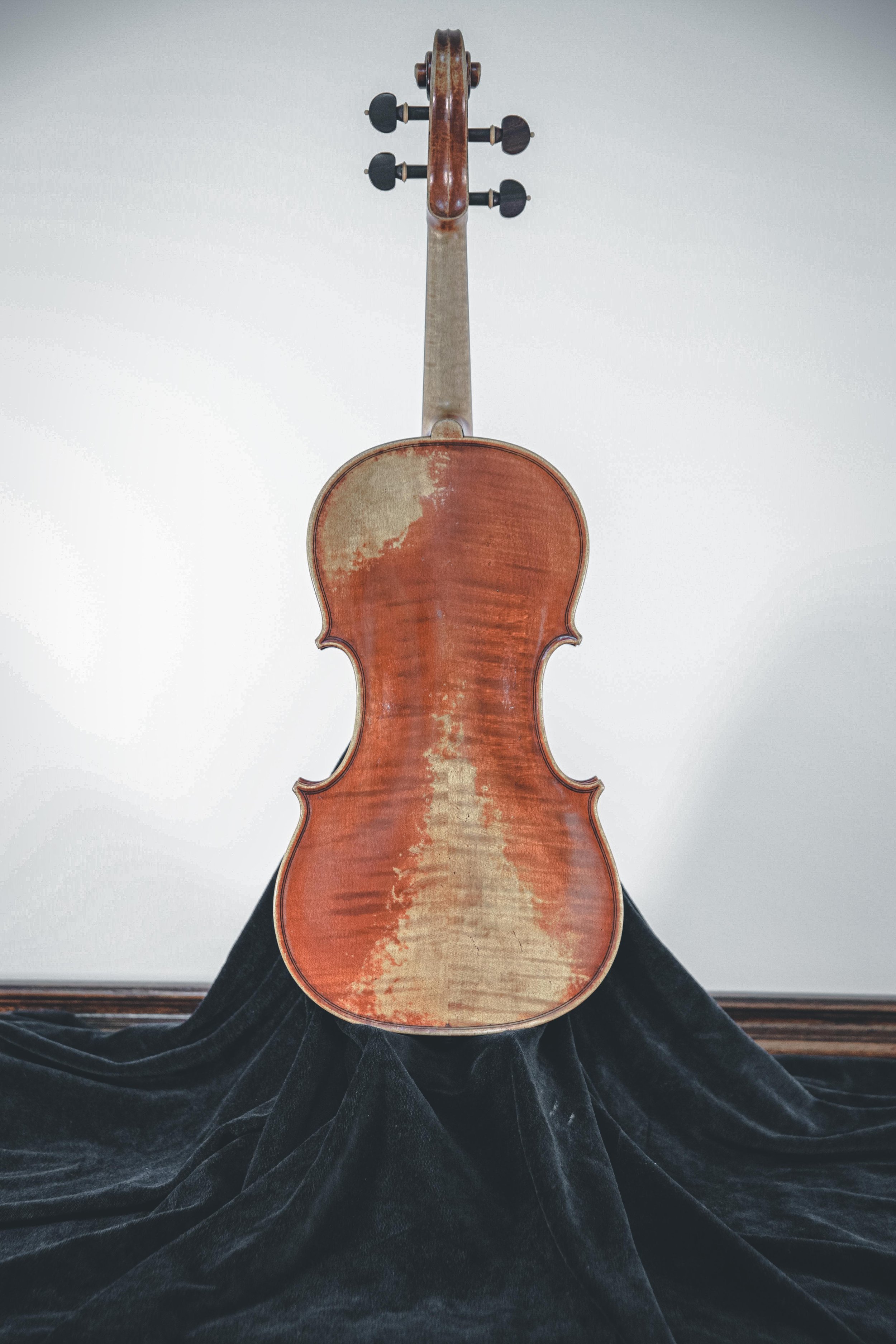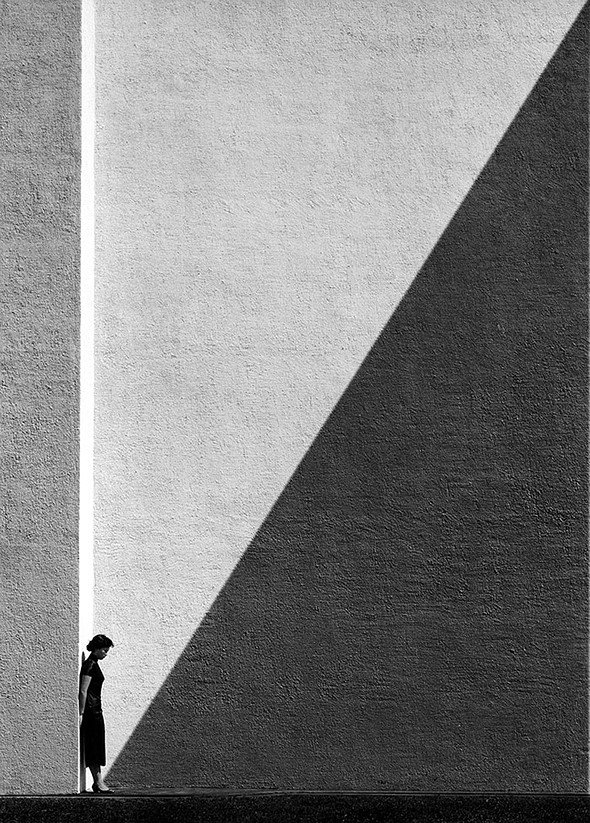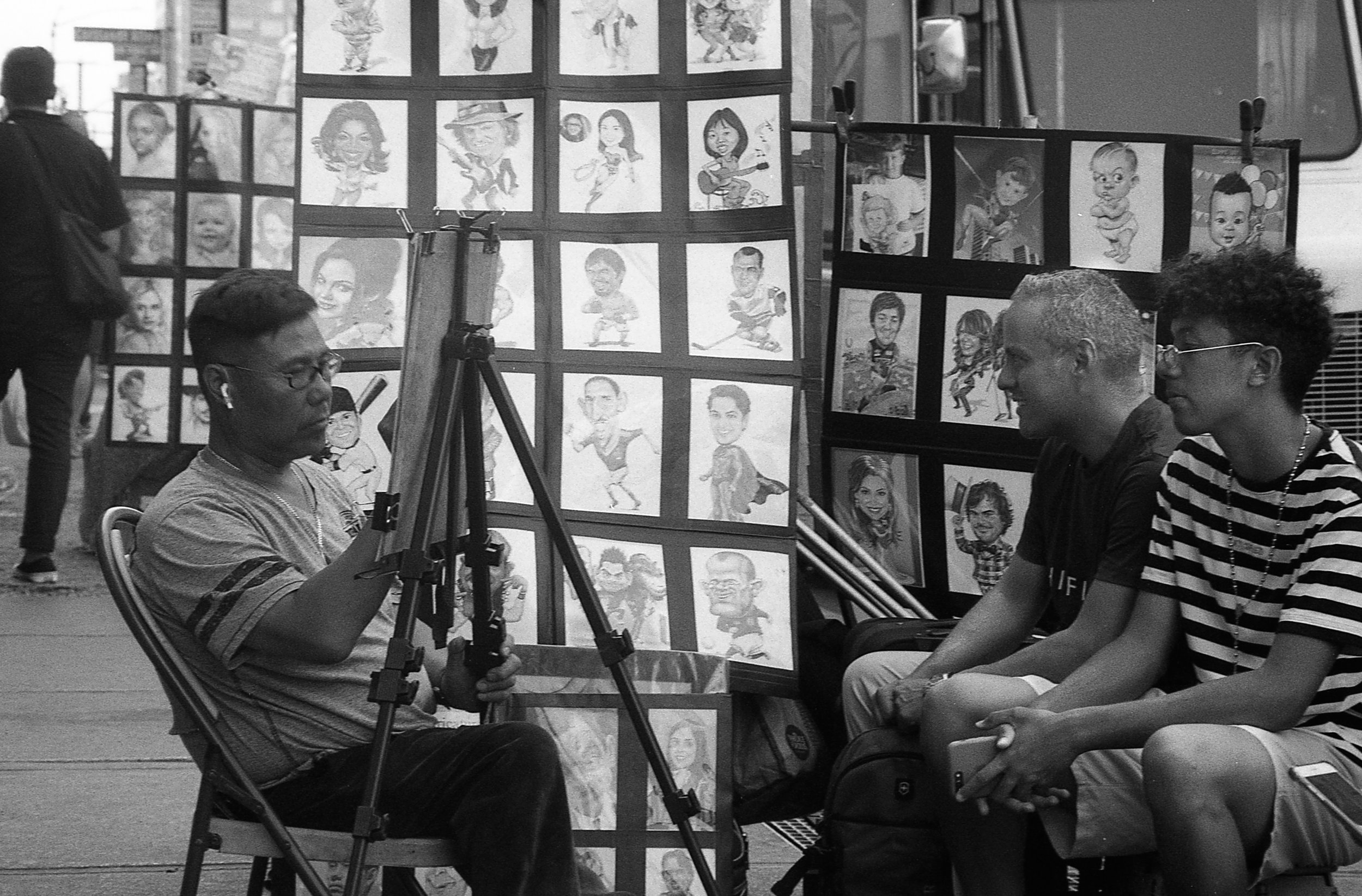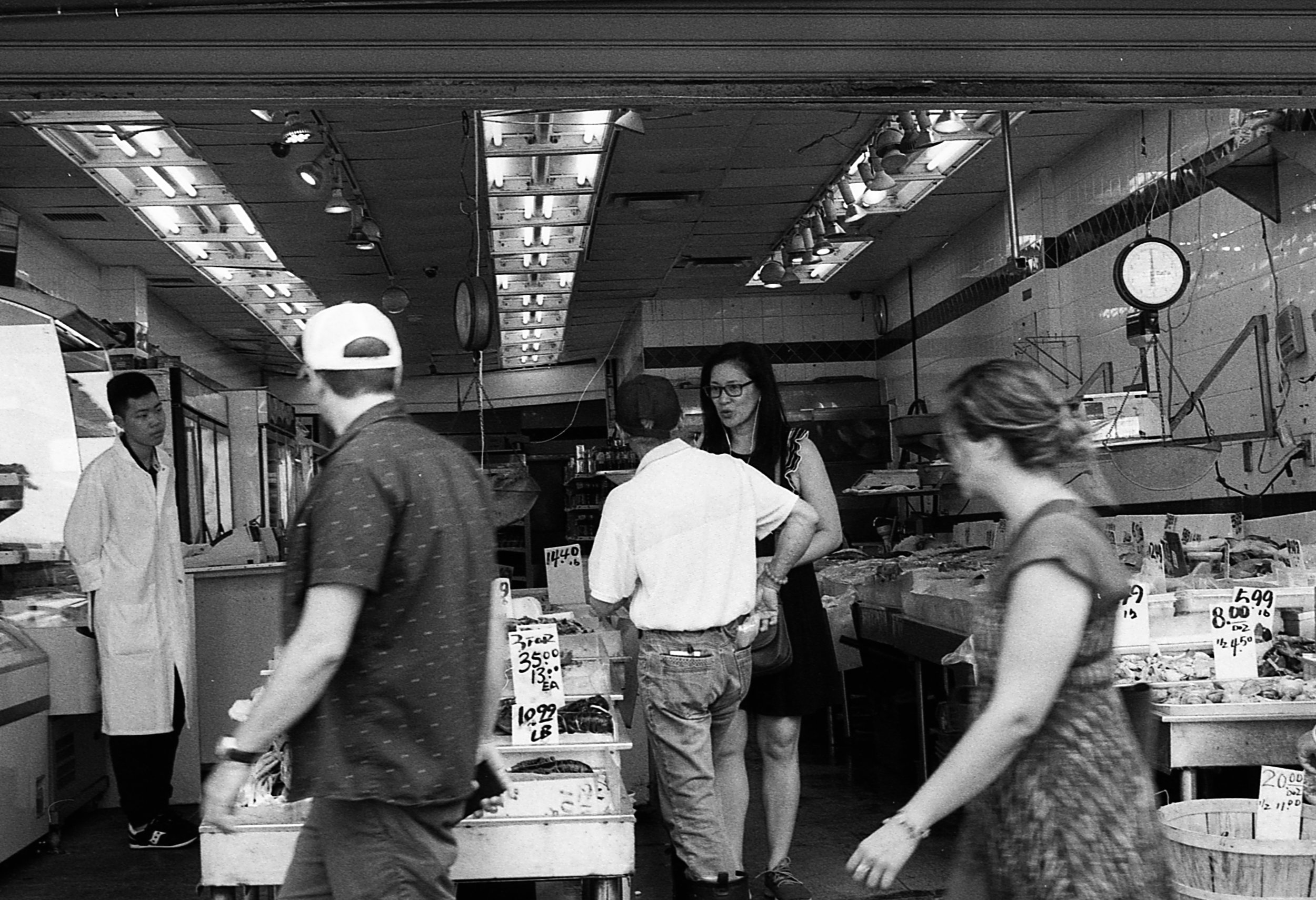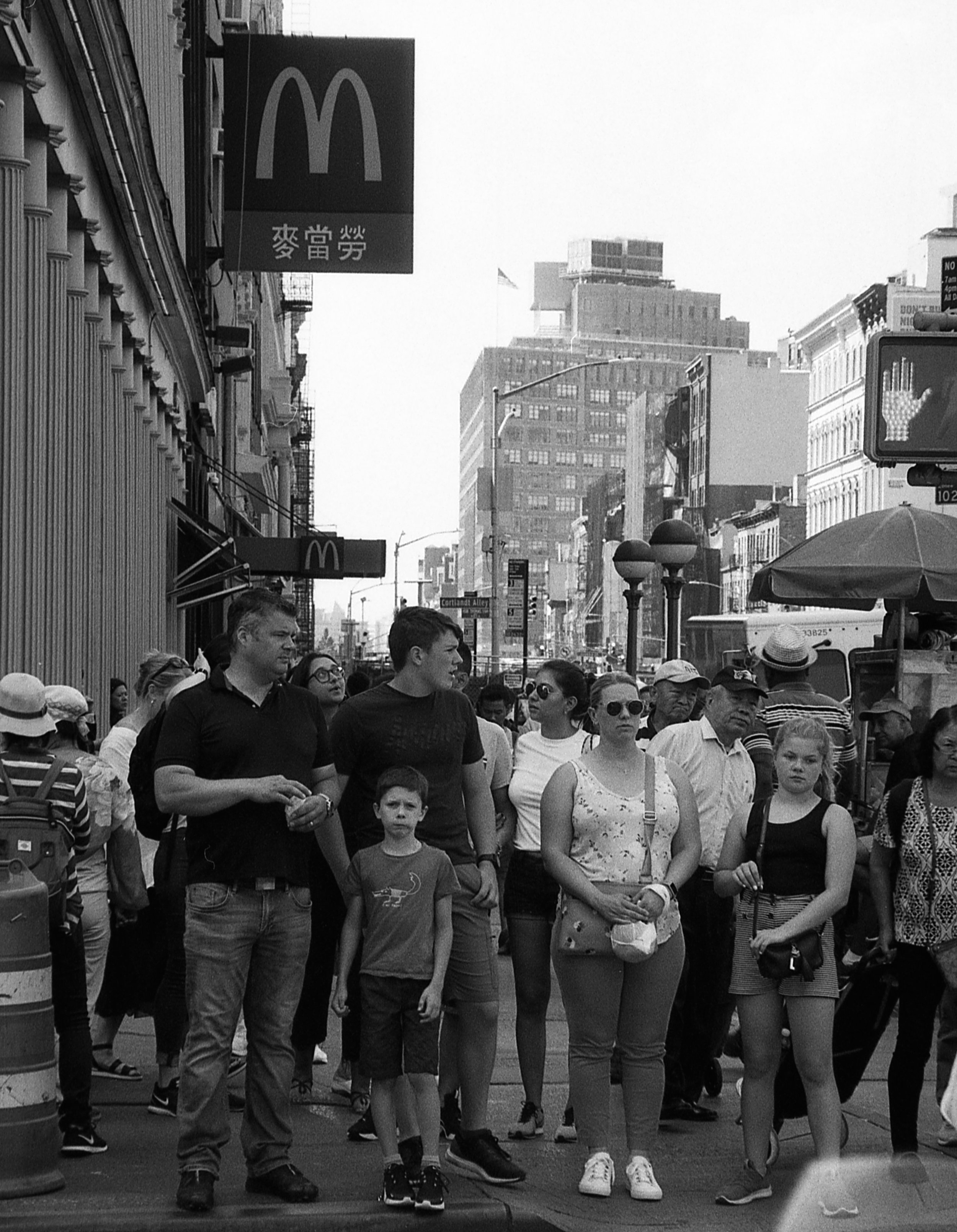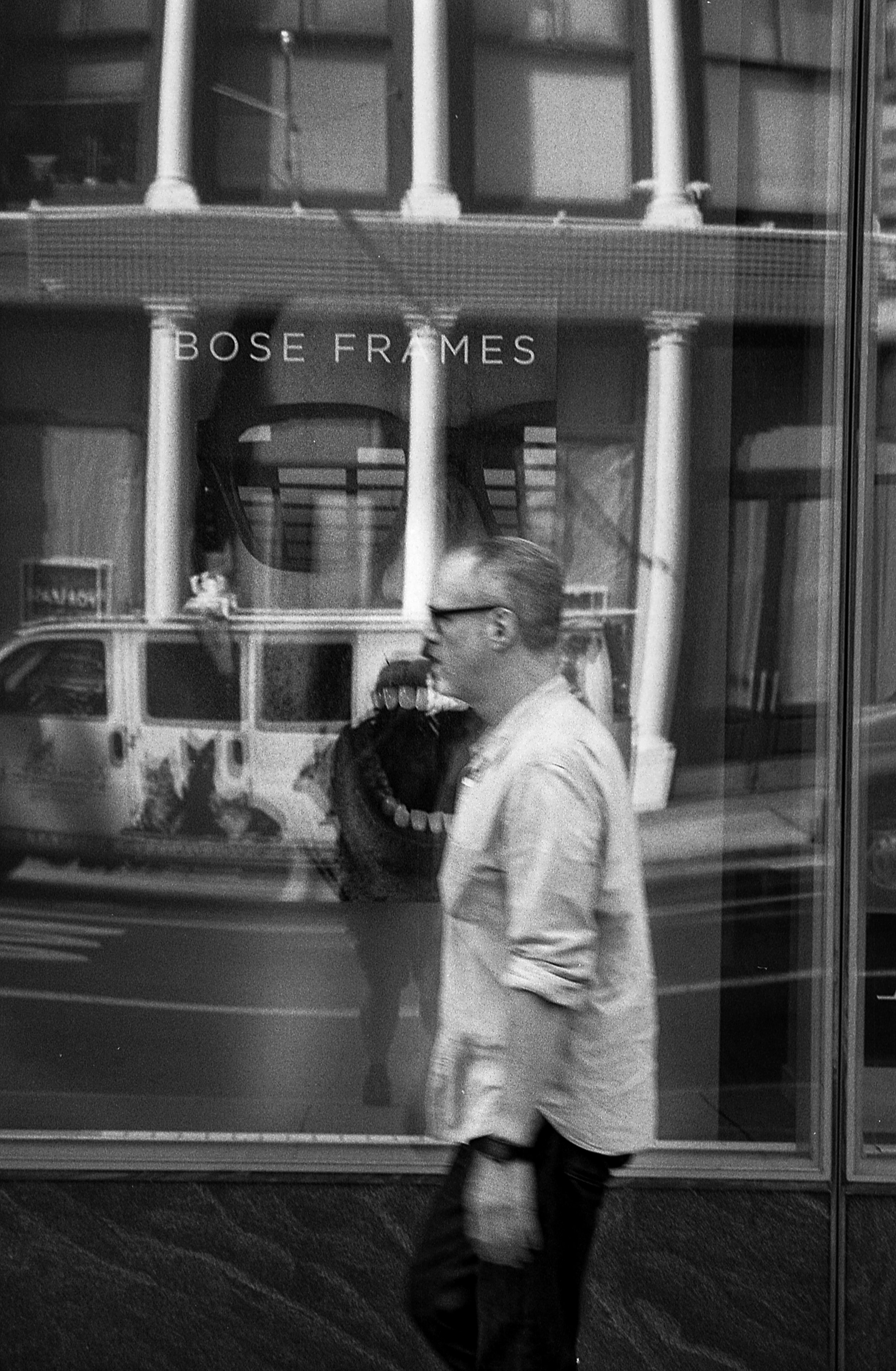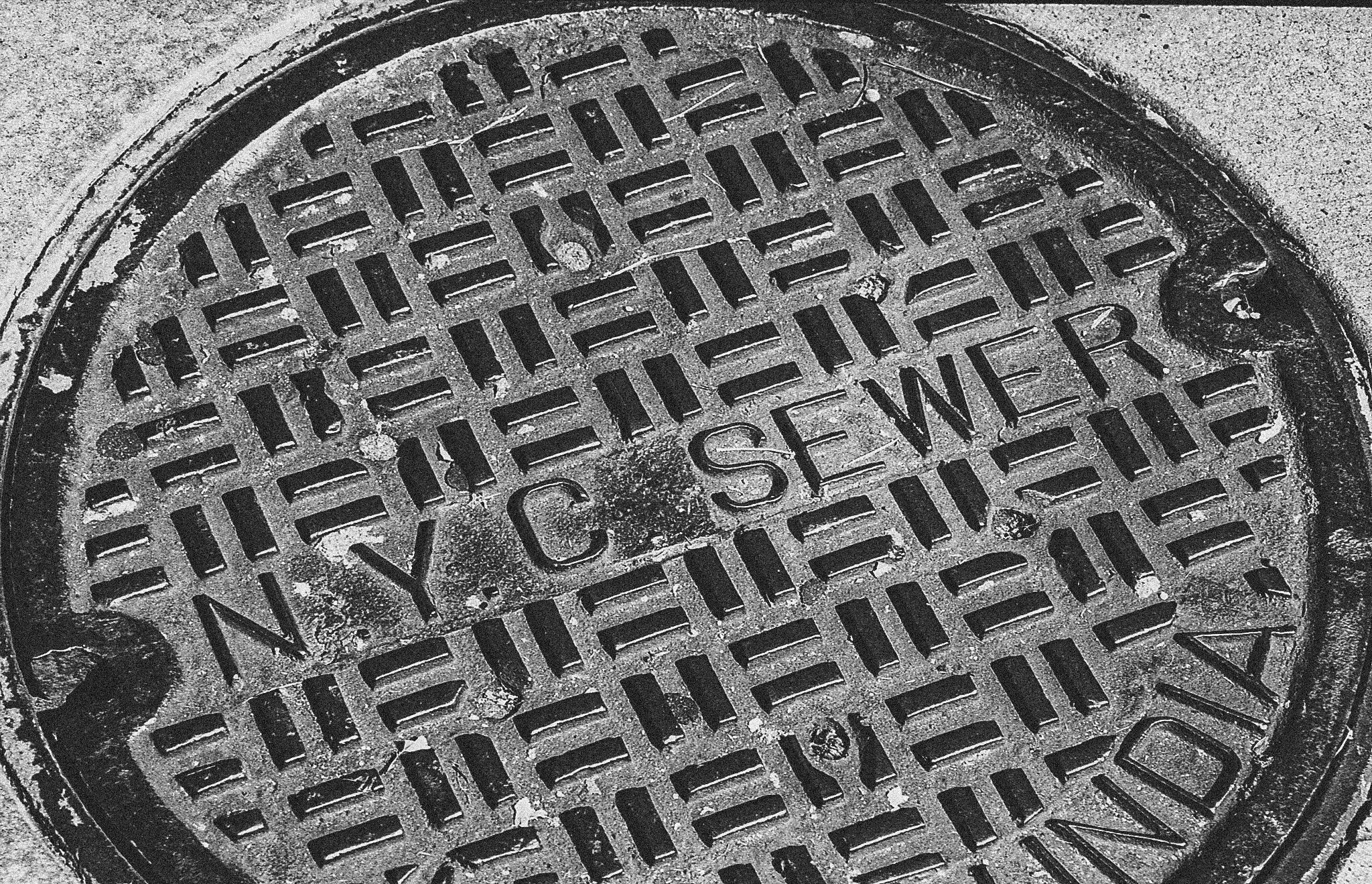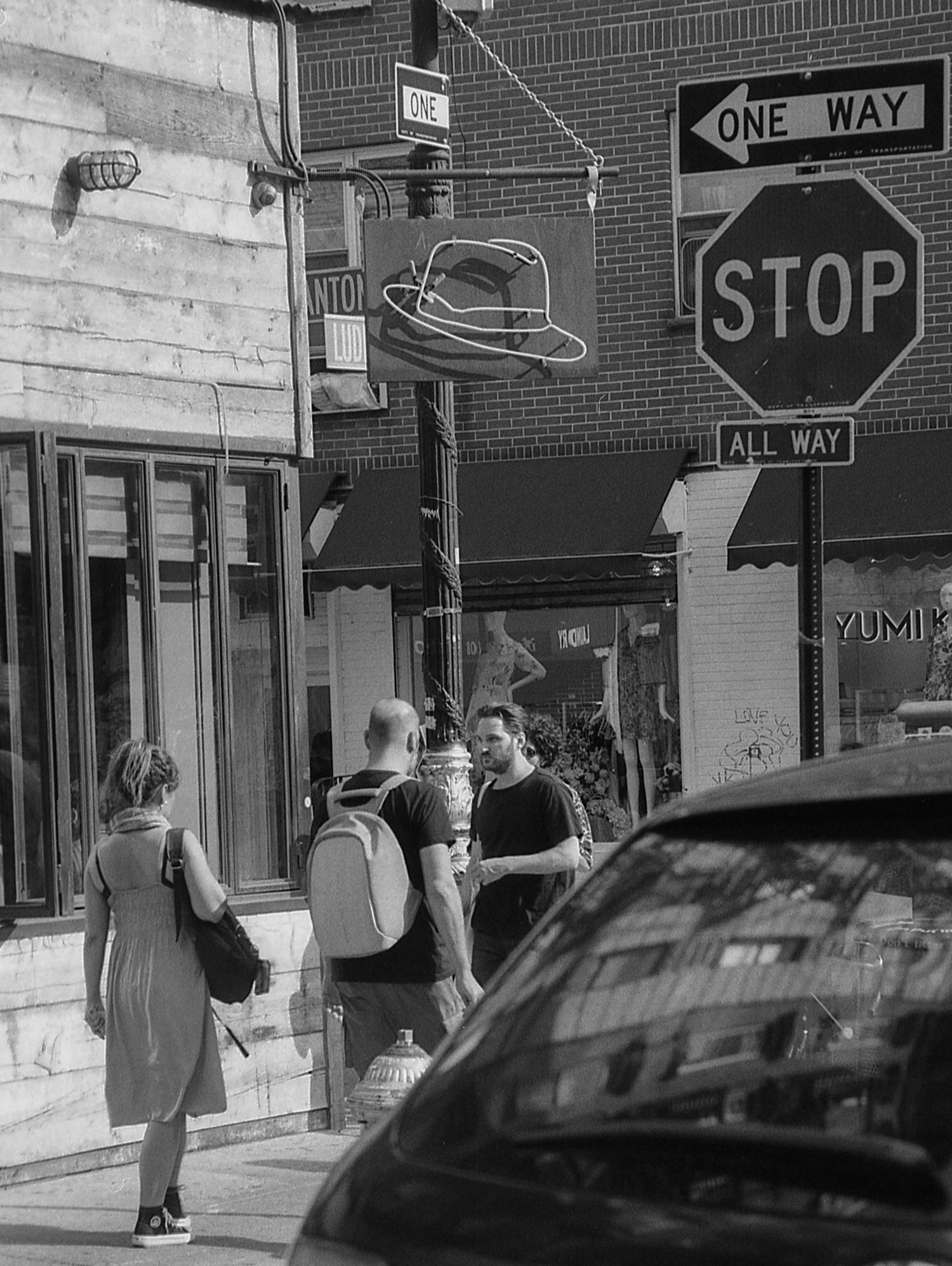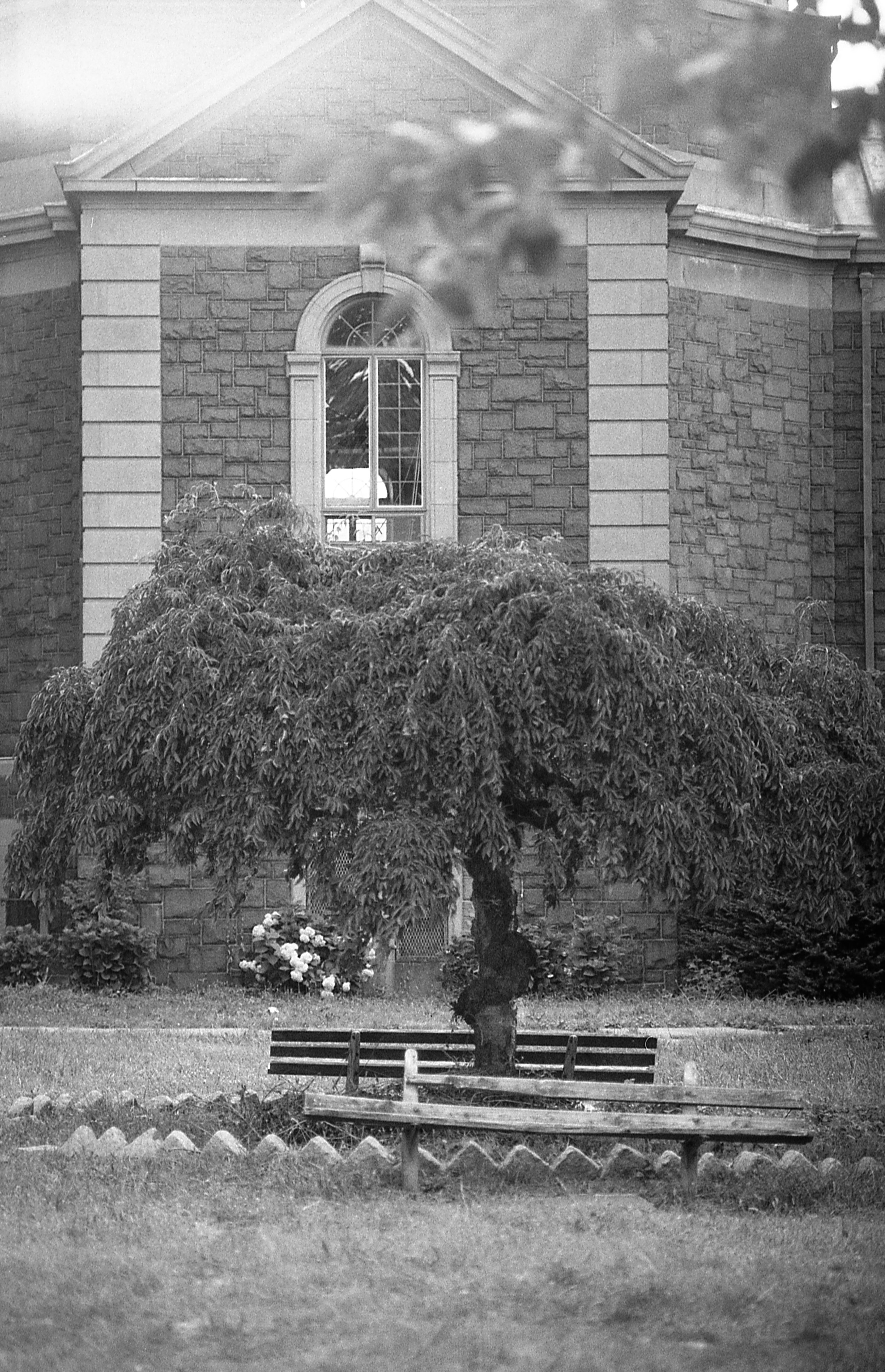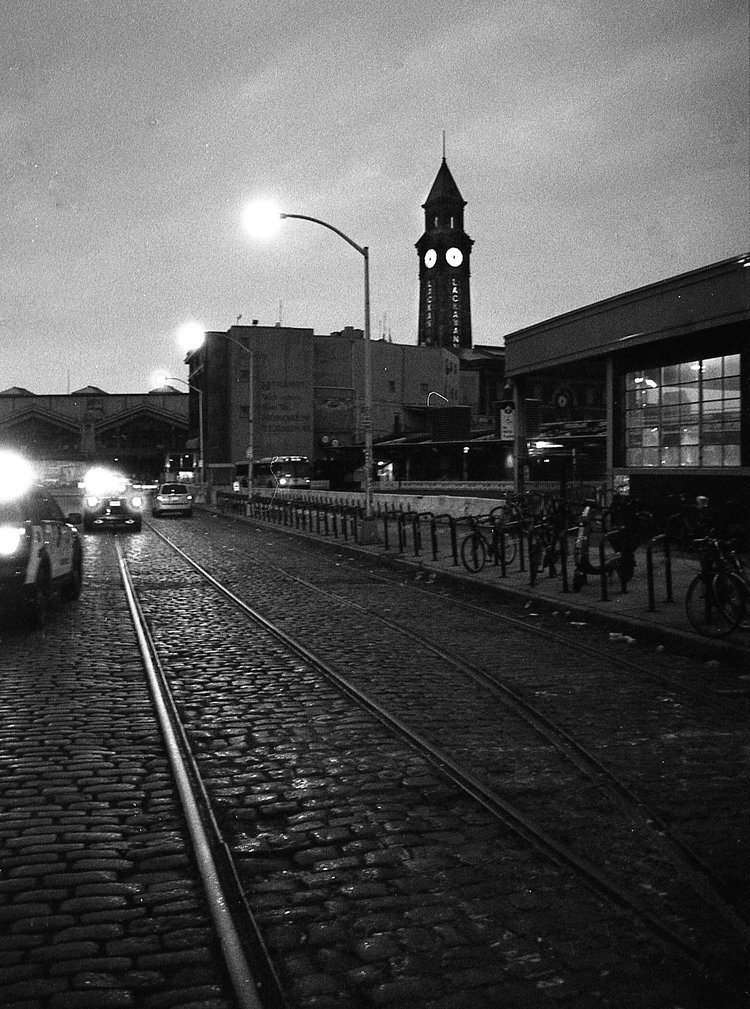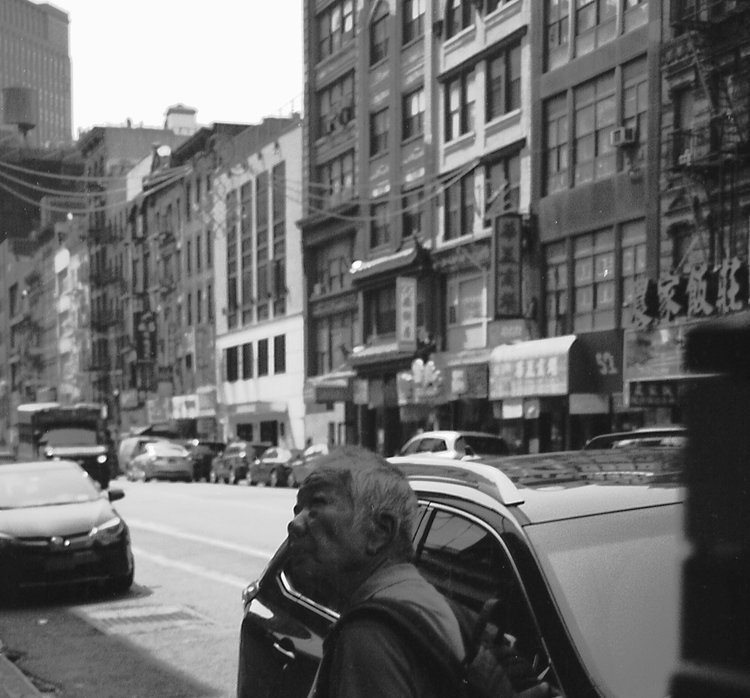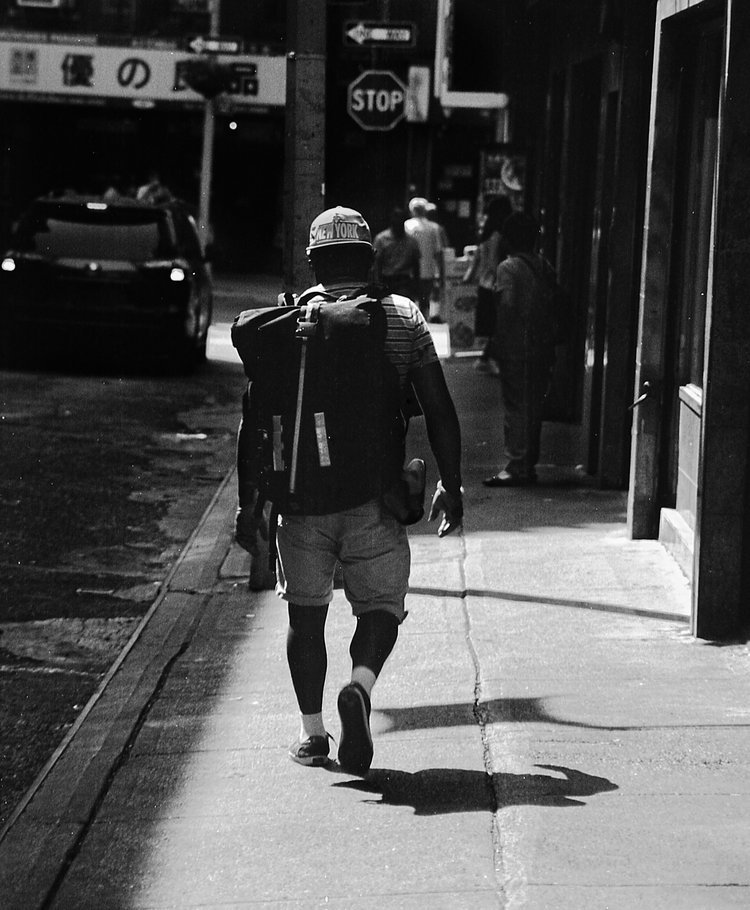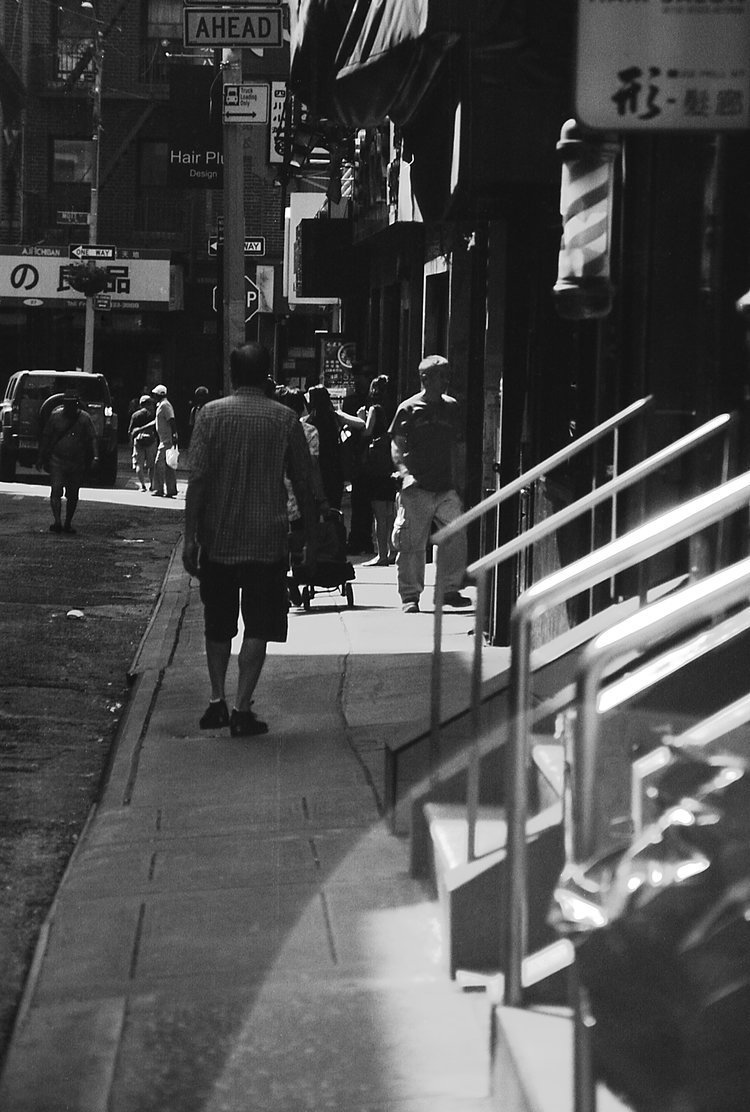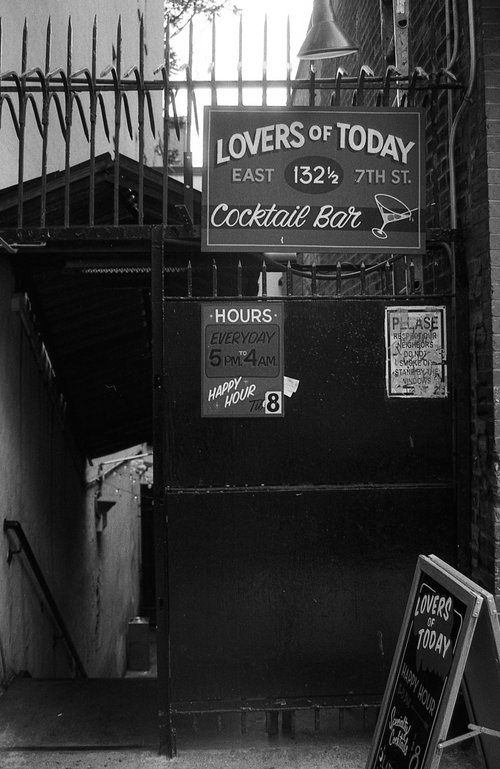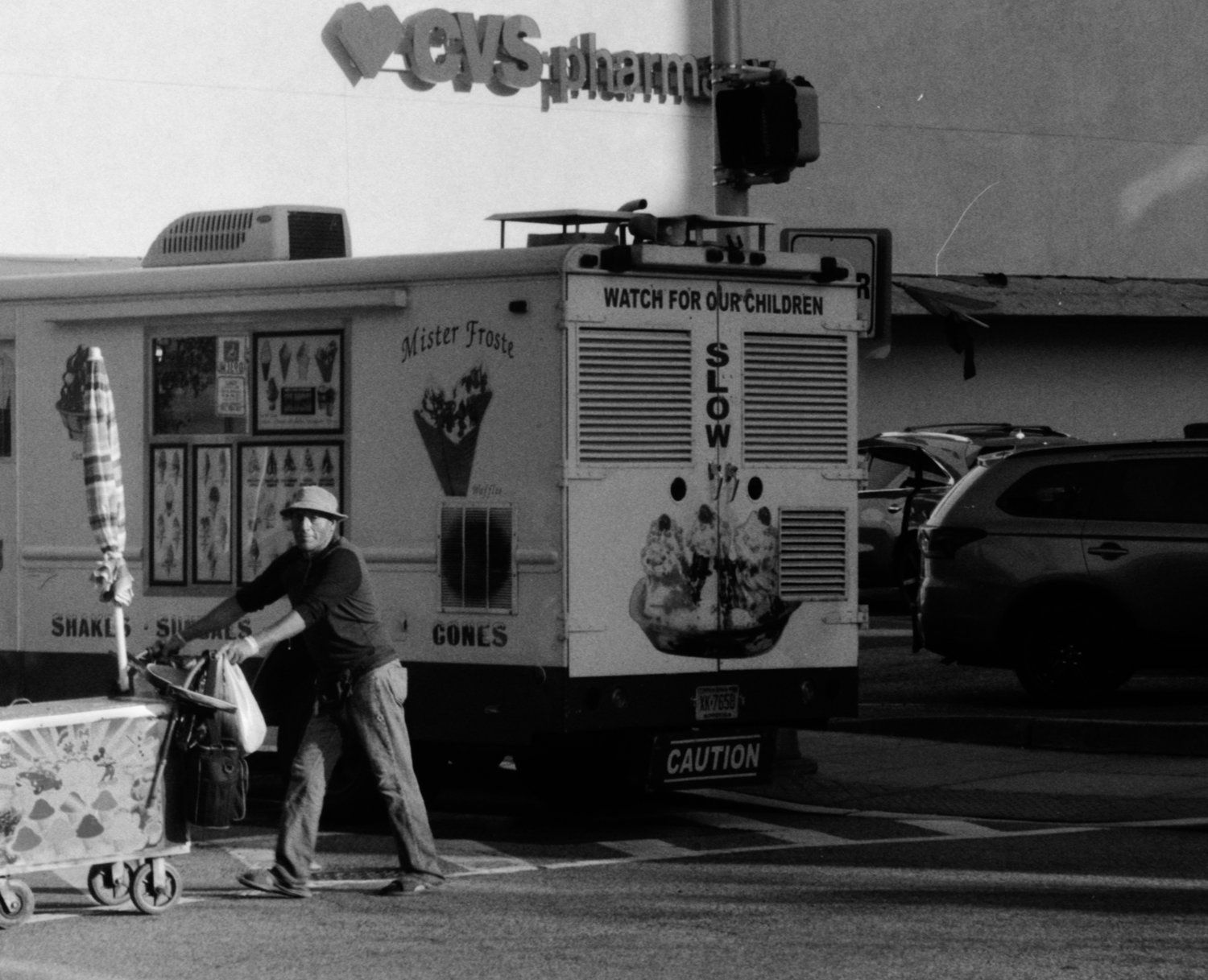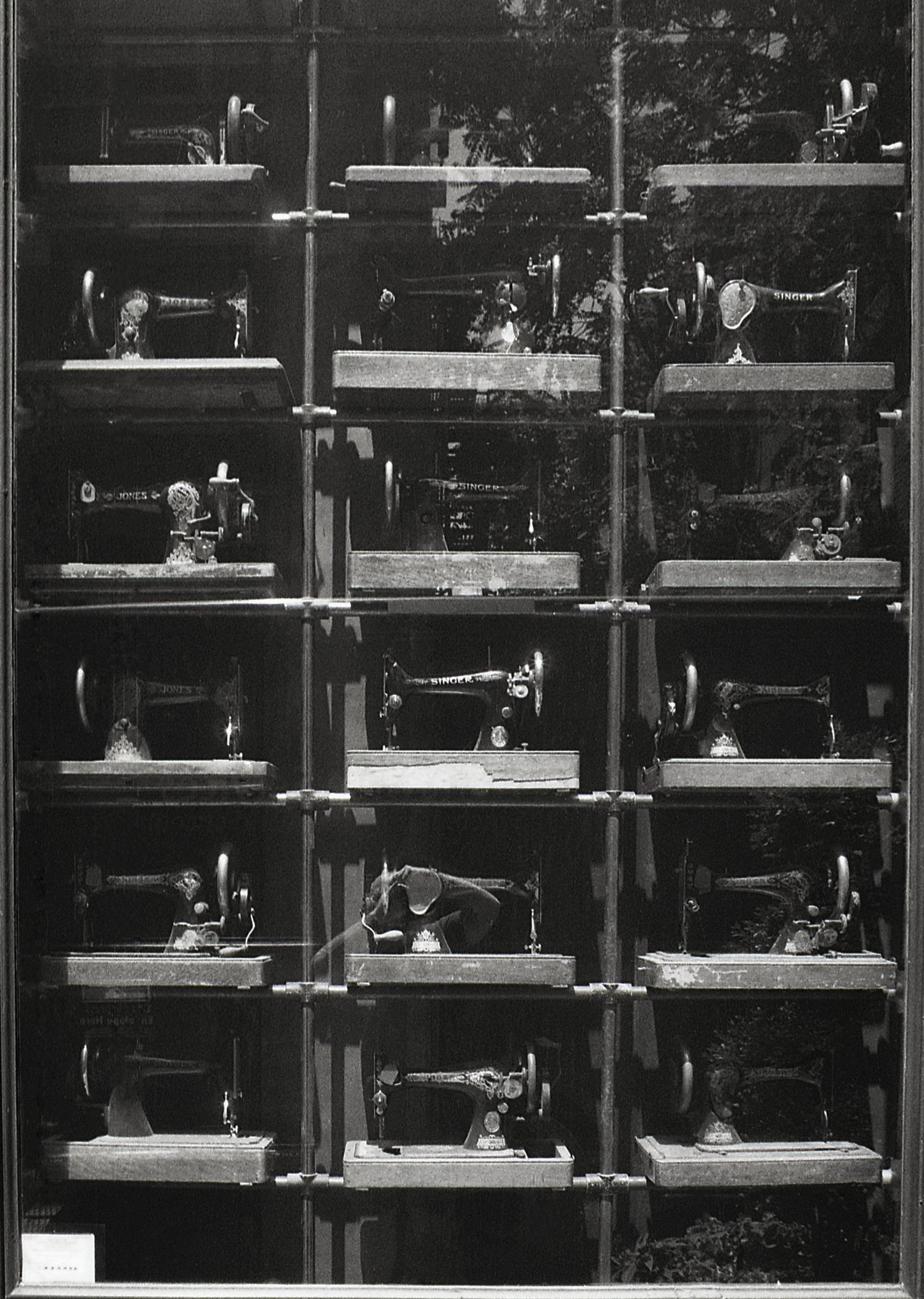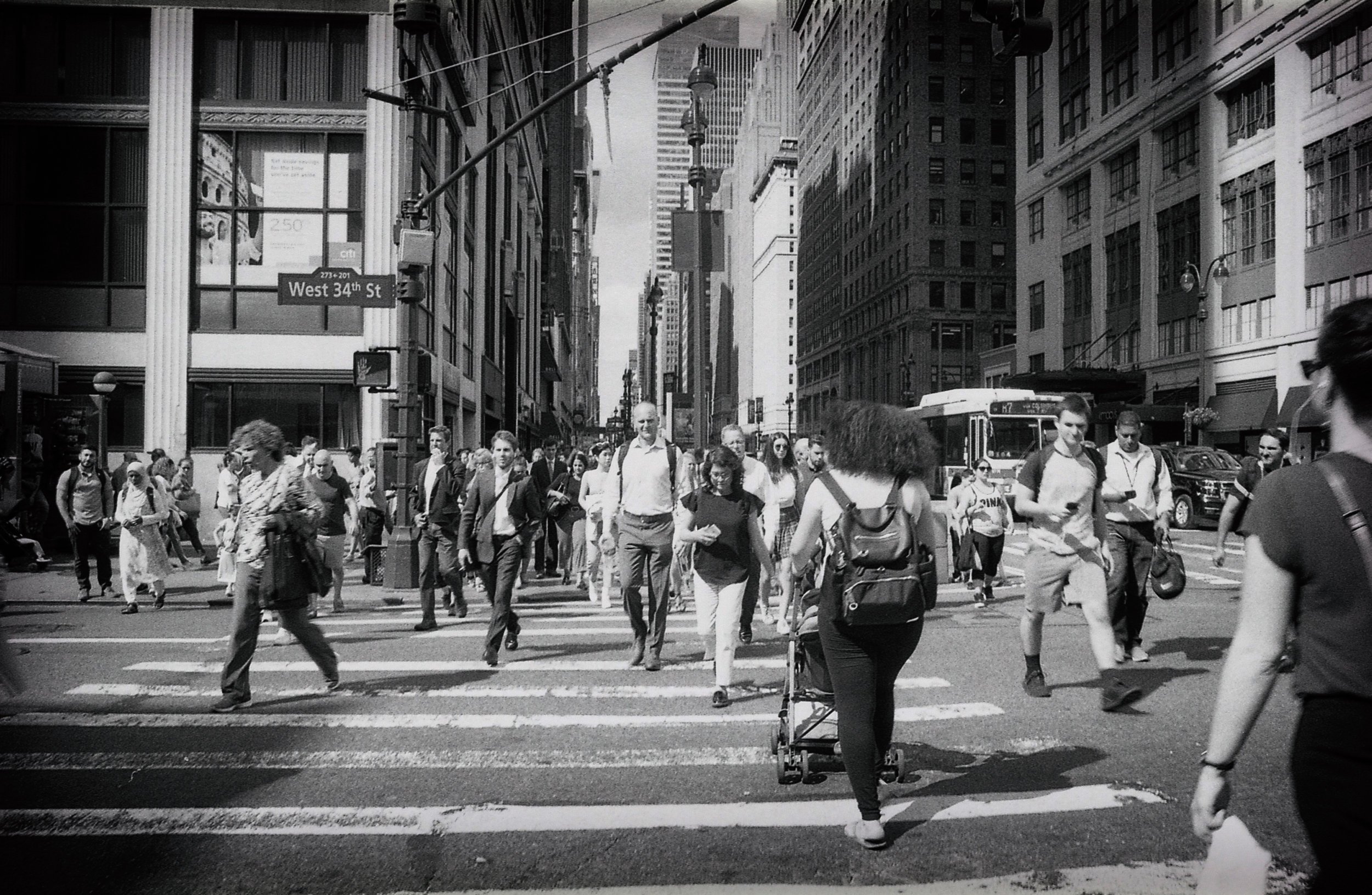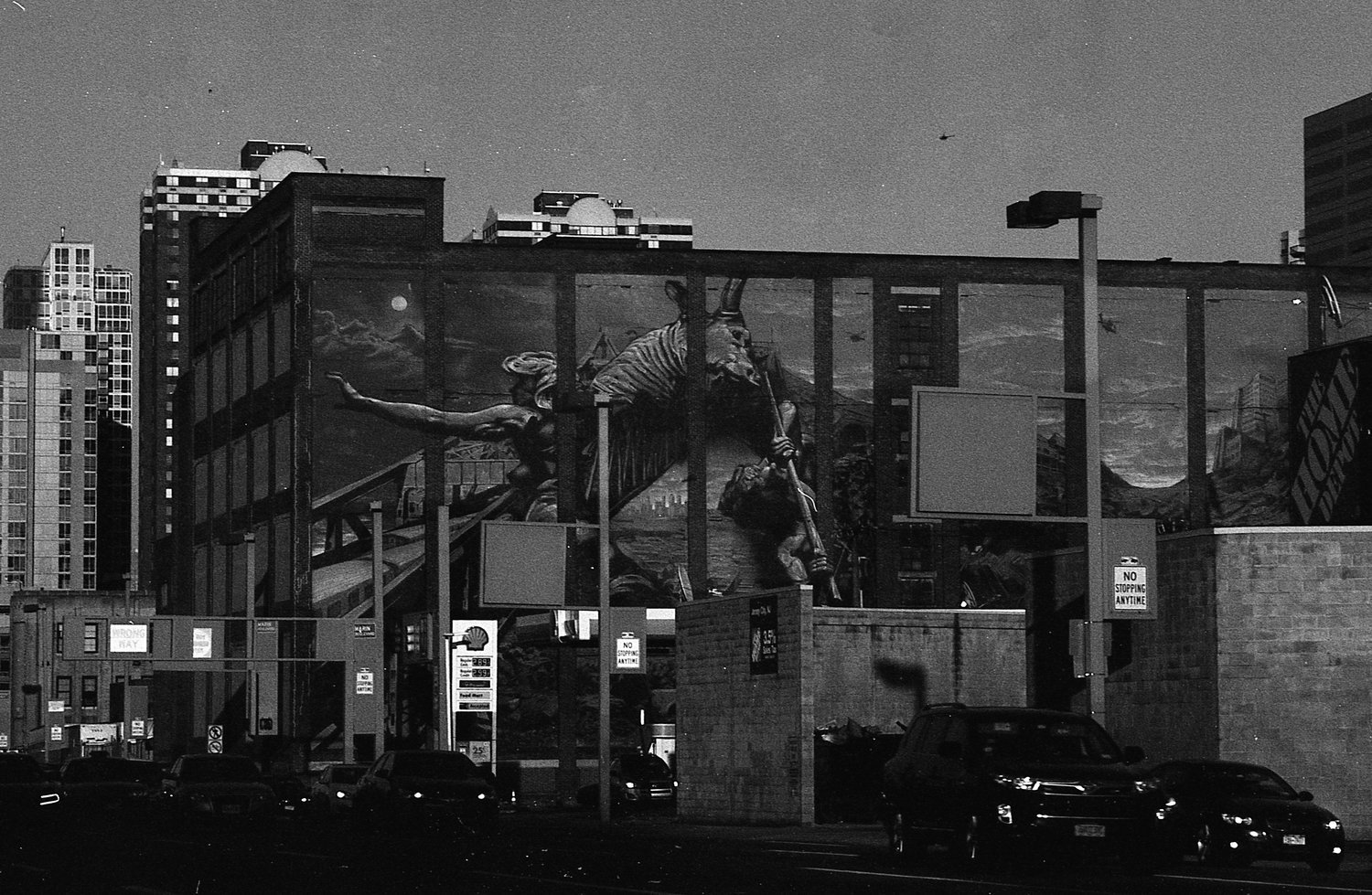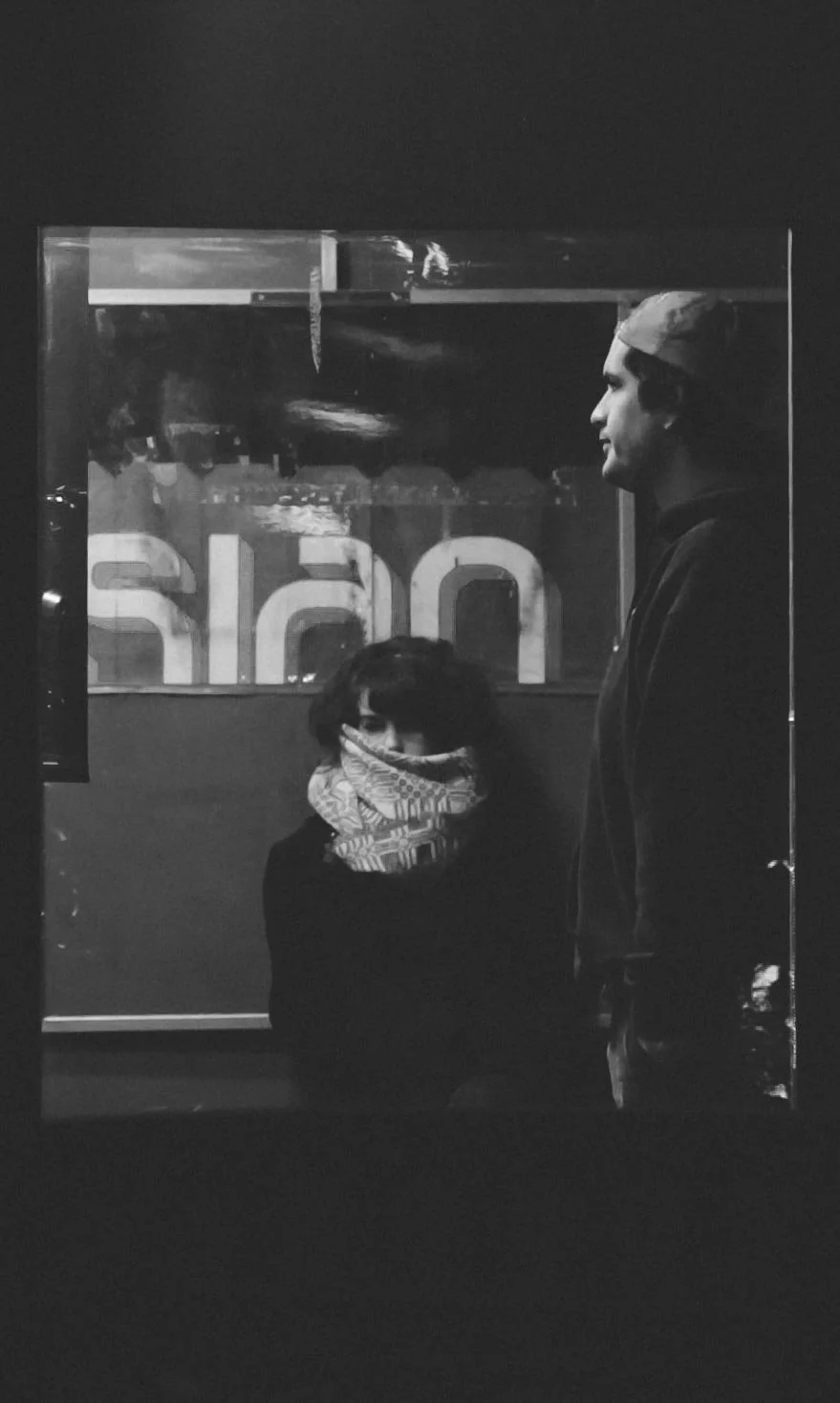“Fear Is A Privilege Afforded To The Rich”—This strikes a provocative chord, highlighting social divides in a place renowned for ambition and opportunity.
Capturing Magic with the Canon R5 and Zeiss Milvus 50mm f/1.4
If you’re a fan of classic manual-focus glass and modern mirrorless bodies, pairing the Canon EOS R5 with a Zeiss Milvus 50mm f/1.4 (adapted from EF to RF) can be a dream setup. You get the Milvus’s legendary Zeiss build and image rendering, combined with the R5’s high-resolution sensor, in-body stabilization, and focus aids like magnification and focus peaking.
The real treat lies in the gorgeous color, contrast, and bokeh that the Milvus design delivers. Even at wide-open apertures, images exhibit that unmistakable Zeiss pop, accentuated by the R5’s dynamic range and rich detail. Manual focusing can feel slow compared to autofocus lenses, but for many photographers, slowing down and focusing intentionally can be part of the joy. And thanks to the EOS R5’s electronic viewfinder, nailing that perfect focus is surprisingly easy.
In an era where tech is often about convenience, stepping back into a manual-focus mindset with a high-end camera and a beautifully crafted lens can be a welcome change—and it just might breathe new life into your photography.
A Quiet Winter Moment in the City
There’s a magical hush in the air on snowy days, a calm that settles over the city as everyday sounds become muffled by a soft blanket of white. In this photograph, a small urban park transforms into a tranquil winter wonderland. The snow covers the benches and pathways, inviting passersby to pause and take in the scene. A solitary pigeon stands out in the foreground, while its companions erupt into graceful flight above, forming fleeting silhouettes in the softly falling snow.
In the background, a figure walks by, bundled against the cold. Their swift stride contrasts with the slow drift of snow, and for a moment, the everyday rush meets nature’s gentle rhythm. There’s a feeling of simplicity and reflection here—of winter’s ability to quiet our surroundings and shift our focus to the subtle details. It’s a reminder that within the hustle and bustle of city life, even the briefest moments of stillness can offer unexpected beauty.
The City That Never Pauses
The snow comes down in great, swirling gusts, but the city doesn’t pause—not for the cold, not for the ice, and certainly not for a little bit of weather. In this moment, captured mid-storm, three people huddle together near a street corner. Snowflakes blur the background, adding a hush to the usually bustling environment. Traffic signals and familiar store signs peek through the veil of white, reminding us that business goes on as usual despite the challenges of winter.
What’s compelling about this scene is how it reflects both the resilience and camaraderie city living can inspire. With their faces wrapped in scarves and hoods, it’s hard to discern expressions, but there’s an unmistakable sense of conversation or shared purpose between them. Perhaps they are discussing a shortcut to a nearby subway entrance, coordinating dinner plans, or simply taking a moment to warm up together.
The stillness of the snow contrasts with the energy of the city: taxis pass, street vendors keep selling their goods, and the skyline looms above. There is a constant interplay between the urban pace and the natural hush that snowfall brings. Amid the concrete pillars and neon signs, this quiet moment in the storm serves as a reminder that even the busiest corners can become a place of calm and reflection—if only for a few fleeting seconds.
For anyone observing, it’s a snapshot of daily resilience: how we bundle ourselves up and brave the elements, chasing our own goals and routines. And in the end, once the snow clears, these moments will live on—etched into the collective memory of winter in the city.
Crafting Harmony: The Artistry of Giancarlo Arcieri
In the world of music, there exists a realm where science and artistry converge, where the crafting of instruments becomes a symphony of skill, dedication, and passion. Giancarlo Arcieri, stands as a true maestro in this domain, an artisan whose hands have created some of the most exquisite violins I have ever seen.
Each instrument created by Giancarlo Arcieri is a testament to his craftsmanship. He meticulously selects the finest woods, shaping and carving each component. His understanding of wood's resonance and tonal properties allows him to create instruments that resonate with unparalleled clarity and richness. Arcieri's instruments are known not only for their visual elegance but also for their signature sound.
In addition to crafting new instruments, Giancarlo Arcieri is known for his skill in restoring and preserving older violins. He approaches each restoration with the same reverence and attention to detail as crafting a new instrument, breathing life back into priceless pieces of musical history.
Arcieri's journey serves as an inspiration for aspiring luthiers. His dedication to his craft, his reverence for tradition, and his commitment to pushing the boundaries of what's possible in luthiery make him a standout in the world of stringed instruments.
In a world where craftsmanship and artistry are held in high regard, Giancarlo Arcieri's name shines brightly. His instruments are not just tools for musicians; they are conduits for the expression of human emotion. Giancarlo Arcieri's legacy as a luthier is a testament to the enduring power of craftsmanship and the profound impact it can have on the world of music.
Fan Ho: Capturing Hong Kong's Soul Through the Lens of a Legend
Hong Kong Venice, 1962
Photography is not just about capturing moments; it's about encapsulating the essence of a time, a place, and a culture. One photographer who achieved this with unparalleled grace and skill was Fan Ho, a master of street photography. From his unique perspective, Fan Ho brought the streets of Hong Kong to life through his lens, creating a visual narrative that continues to inspire photographers and art enthusiasts around the world.
Quarter to Four 1950/60s
Fan Ho was born in Shanghai in 1931 and moved to Hong Kong at the tender age of 18. He soon fell in love with the bustling city's vibrant streets and intricate alleyways, and it wasn't long before he decided to document its everyday life through the art of photography.
Hong Kong in the 1950s and 1960s was a place of stark contrasts - a fusion of traditional Chinese culture and the influences of British colonialism. Fan Ho's photographs reflect this duality, capturing the essence of a city in transition.
Approaching Shadow 1954.
What sets Fan Ho apart from many other photographers is his extraordinary sense of composition. His photographs are meticulously framed, and each element within the frame plays a vital role in telling a story. He often used elements like light, shadow, and reflections to create visual poetry on the streets of Hong Kong.
One of his most iconic photographs, "Approaching Shadow," exemplifies his mastery of composition. The image showcases a woman leaning against a wall in a narrow alleyway, with the play of light and shadow creating a dramatic and almost cinematic atmosphere. Fan Ho's ability to capture these fleeting moments is what makes his work so enduring.
On the Stage of Life 1954
Beyond the aesthetics of his photographs, Fan Ho had a unique talent for capturing the humanity of his subjects. Whether it was a group of children playing in the streets or an elderly man deep in thought, his images resonate with a sense of empathy and connection. Fan Ho's photographs are a window into the lives of people in Hong Kong during a specific era, revealing their struggles, aspirations, and joys.
As time marches on, Fan Ho's photographs serve as a time capsule, preserving the history and culture of Hong Kong during a pivotal period. The Hong Kong he documented no longer exists in the same way, making his work even more invaluable.
Fan Ho's photography is a testament to the power of capturing a place and its people through the eyes of a talented artist. His work continues to inspire photographers and art enthusiasts alike, reminding us of the beauty that can be found in the everyday. Fan Ho's unique perspective on Hong Kong has left an indelible mark on the world of photography, and his legacy lives on through his timeless images.
The Art of Blur: When Imperfection Becomes the Focal Point
In the world of photography, sharpness and clarity have long been celebrated as hallmarks of a great image. However, there's a compelling argument to be made for the creative and expressive use of blur as a focal point in a photograph. Contrary to conventional wisdom, blur can add depth, emotion, and intrigue to an image, turning imperfection into artistry.
In photography, we often associate focus with sharpness, but it's essential to recognize that focus doesn't necessarily mean everything should be crystal clear. Blur can redirect the viewer's attention, guiding their gaze to specific elements within the frame. It can be a tool for storytelling, highlighting what's essential and obscuring distractions.
Blur can create a sense of depth and dimension in an image. By intentionally blurring the foreground or background, you can emphasize the subject in the middle ground, drawing the viewer's eye to a specific point of interest. This technique can be particularly effective in landscapes and portraits.
Blur can convey motion and emotion in a photograph. Think of the iconic images of a speeding train captured with a sense of dynamic energy. The intentional blurring of moving elements can evoke a feeling of motion and excitement, allowing the viewer to experience the scene on a deeper level.
Blur can transform ordinary scenes into abstract works of art. By intentionally defocusing and creating shapes and colors through blur, you can craft images that are more about emotion and impression than a literal representation of reality. This approach encourages viewers to engage with the image on a visceral level, interpreting it in their unique way.
In some cases, blur can be used to soften distracting elements in a photograph. It allows you to remove clutter from the background or reduce the impact of unattractive elements without entirely eliminating them. This technique helps keep the viewer's attention where it matters most.
Blur opens the door to experimental photography. Techniques like panning, intentional camera movement, or using specialty lenses can create blur in innovative and unpredictable ways. Embrace the unknown, and you might stumble upon unexpected and breathtaking results.
Blur, when used thoughtfully and deliberately, can be a powerful tool in photography. It challenges traditional notions of focus and sharpness, inviting photographers to explore the creative possibilities that lie in imperfection. Whether you're seeking to convey emotion, create a sense of depth, or experiment with abstract artistry, blur can transform your images into compelling visual narratives. So, don't be afraid to let a bit of blur take center stage in your photographs and discover the unique stories it can tell.
Capturing the Extraordinary in the Ordinary
Diane Arbus
In the world of photography, there are visionaries who see beyond the ordinary and reveal the extraordinary. Diane Arbus, a name synonymous with avant-garde street photography, was one such visionary. Her work transcends the boundaries of conventional imagery, offering a raw and unfiltered glimpse into the human experience.
Diane Arbus born on March 14, 1923, in New York City. Her upbringing, amidst the cultural richness of the city, laid the foundation for her unique perspective as a photographer. Arbus began her career as a fashion photographer with her husband, Allan Arbus. However, it was the streets of New York and its diverse inhabitants that beckoned her.
Jack Dracula, the Marked Man, N.Y.C., 1961
Arbus's street photography was unlike anything the world had seen. She had an uncanny ability to connect with her subjects, often marginalized individuals living on the fringes of society. Her portraits exposed the vulnerability, quirks, and humanity of her subjects. Arbus's work transcended mere documentation; it was a powerful commentary on society's treatment of those on the margins.
Tattooed man at a carnival, Md. 1970, 1970
Arbus's approach to street photography was as unique as her subjects. She described herself as a "collector of souls," entering the lives of her subjects with empathy and a profound curiosity. Her portraits challenge the viewer to confront their preconceived notions of normalcy and beauty. In her images, the outsider's gaze becomes a mirror, reflecting the complex and multifaceted nature of humanity.
Albino sword swallower at a carnival, Md
Arbus's work was not without controversy. Some critics questioned her ethics and accused her of voyeurism. However, she remained steadfast in her belief that photography was a tool for honest exploration, even if it meant confronting uncomfortable truths. Her work continued to provoke, challenge, and inspire.
Diane Arbus's legacy endures in the world of photography and art. Her groundbreaking contributions to street photography opened doors for future generations of photographers. Her work has been exhibited worldwide and remains a source of inspiration for those who seek to capture the human experience in all its complexity.
Woman with a veil on Fifth Avenue, N.Y.C. 1968
Diane Arbus's indomitable spirit and unflinching exploration of humanity have left an indelible mark on the world of photography. Her work serves as a testament to the power of the lens to unveil the extraordinary in the ordinary. Through her art, she reminds us to embrace the beauty and complexity of the human soul, even in the most unconventional of places. Diane Arbus was more than a photographer; she was a storyteller, a provocateur, and an empathetic observer of the world. Her legacy continues to challenge and inspire us to see beyond the surface and recognize the extraordinary within us all.
Beyond Comfort: The Art of Documentary Photography
In the world of photography, few genres demand as much courage, adaptability, and a willingness to step beyond one's comfort zone as documentary photography. These visual storytellers are often tasked with capturing raw, unscripted moments in the hustle and bustle of everyday life.
Documentary photographers are akin to stage performers, but their stage is the unpredictable and ever-changing streets of cities, towns, and communities. They step out with their cameras as their instruments, ready to capture the unfiltered, unposed moments that unfold before them. It's a realm where uncertainty is a constant companion.
Documentary photographers must navigate the delicate dance of human interaction. They often find themselves approaching strangers, asking for permission to capture intimate moments, or blending into crowds to remain inconspicuous. This requires a unique blend of assertiveness, empathy, and respect for personal boundaries.
Stepping out of one's comfort zone means embracing vulnerability. It's about acknowledging that not every shot will be perfect, that rejection and unexpected challenges are part of the journey. Yet, it's in this vulnerability that authenticity and genuine connections are forged.
Documentary photographers are driven by a deep desire to capture authenticity. They seek moments that reveal the true essence of their subjects and the environments they inhabit. This pursuit often leads them to communities and places they might never have ventured otherwise.
Beyond their comfort zones, these photographers become champions of stories that matter. They shed light on social issues, cultural nuances, and individual narratives that might otherwise go unnoticed. They use their art to provoke thought, inspire change, and document the world's evolving tapestry.
While venturing beyond one's comfort zone as a documentary photographer is challenging, the rewards are immeasurable. The images captured in these moments hold a profound sense of truth and humanity. They become a testament to the richness and diversity of the world we inhabit.
In the realm of documentary photography, comfort zones are meant to be pushed, boundaries tested, and vulnerability embraced. It's through these fearless acts of photography that stories are told, voices are heard, and truths are revealed. Street and documentary photographers are not just image-makers; they are storytellers who venture where others might hesitate. They remind us that it's only by stepping beyond our comfort zones that we truly see the world in all its unfiltered, authentic glory.
Kodak Eastman Double-X 5222: The Cinematic Soul of Black & White Film
In the realm of black and white cinematography, there exists an iconic film stock that has graced the silver screen for decades—Kodak Eastman Double-X 5222. This emulsion, originally formulated for motion pictures, has transcended its cinematic origins to become a beloved choice among still photographers. In this blog post, we'll explore the history, characteristics, and enduring charm of Kodak Eastman Double-X 5222.
Kodak Eastman Double-X 5222 has an illustrious history that dates back to the early days of filmmaking. It was originally designed to capture motion pictures, and its distinctive look and feel have graced classic films, from noir masterpieces to modern blockbusters.
One of the standout features of Double-X 5222 is its fine grain structure. This film captures remarkably sharp images with exquisite detail, making it a favorite among photographers who seek the utmost clarity and precision in their work.
Double-X 5222 is celebrated for its capacity to handle high-contrast scenes with finesse. It excels in capturing deep blacks and brilliant whites, creating images with striking visual impact. This quality lends itself perfectly to dramatic compositions and scenes where contrast is key.
Photographs shot on Double-X 5222 often possess a timeless monochrome aesthetic, evoking nostalgia and a sense of cinematic storytelling. The film's classic look makes it an ideal choice for photographers who aim to convey emotions and narratives through their images.
Despite its cinematic roots, Double-X 5222 is incredibly versatile. It performs well in a wide range of lighting conditions, allowing photographers to adapt to different situations with confidence. This flexibility makes it suitable for both studio and outdoor shoots.
Kodak Eastman Double-X 5222 is a film stock with a rich history and an enduring legacy. Its fine grain, high contrast capabilities, and timeless aesthetic make it a cherished choice among photographers who seek to capture the world with clarity and cinematic flair. Whether you're a seasoned film enthusiast or new to the world of analog photography, Double-X 5222 offers a unique canvas for your visual storytelling and a bridge to the artistic heritage of black and white cinema. Embrace the cinematic soul of Double-X 5222, and let your images tell stories that resonate through the lens of classic film.
Random Flowers on Kodak 100 Tmax Film
In the world of monochrome, where shadows whisper secrets and light breathes life, there blooms a poetic enchantment. Behold this exquisite capture of delicate flowers, their petals rendered in the timeless embrace of Kodak 100 Tmax film. Each nuance of form and texture emerges in a symphony of grayscale tones, as if the very essence of these blooms sings to the heart. This photograph, a silent verse composed by the alchemy of film, invites contemplation—a moment frozen in time, where poetry meets visual art, and nature's beauty speaks in whispers to the soul.
Exploring Timelessness: Rollei RPX 25 Black and White Film
Where subtlety and nuance reign supreme, there's a film stock that stands out for its purity and finesse — Rollei RPX 25. This emulsion, known for its fine grain and exceptional sharpness, has earned its place as a favorite among photographers seeking to capture the world in the most elegant and minimalist way possible.
At its core, Rollei RPX 25 is an embodiment of photographic minimalism. With an ultra-low ISO of 25, it demands an abundance of light, rewarding photographers with exquisite detail and unrivaled clarity. This film excels in situations where subtlety and precision are paramount.
One of the standout features of RPX 25 is its incredibly fine grain structure. This attribute ensures that every photograph exhibits a level of detail that borders on the surreal. Whether you're capturing landscapes, portraits, or still life, the level of intricacy this film delivers is second to none.
For photographers who relish the challenge of high-contrast scenes, Rollei RPX 25 shines. Its wide exposure latitude and capacity for retaining highlight and shadow detail make it an ideal choice for dramatic compositions that play with light and shadow.
RPX 25's ability to render scenes in a timeless monochrome palette makes it a favorite for those who seek to convey emotions and stories through black and white photography. Images shot on this film often possess a classic quality that transcends the boundaries of time, adding depth and emotion to your compositions.
Using RPX 25 requires precision and control. Its low ISO necessitates a steady hand and careful metering. However, this level of control empowers photographers to create images with a deliberate, contemplative quality, emphasizing the artistry of the process.
Rollei RPX 25 is a film stock that celebrates the elegance of simplicity. Its fine grain, exceptional sharpness, and timeless monochrome aesthetic make it a cherished choice among photographers who aim to capture the world with clarity and finesse. Whether you're a seasoned film enthusiast or new to the world of analog photography, RPX 25 offers a unique canvas for your visual storytelling and a path to exploring the true artistry of black and white film. Embrace the essence of minimalism with RPX 25 and let your images speak with subtlety and precision.
The Perils of AI in Photography
Photography is an art form that has evolved significantly over the years. From the days of black and white film to the era of digital cameras, and photographers although stubbornly have adapted to new technologies. One of the most recent developments in photography is the integration of AI into the creative process. While AI might have merits in photography, I remain skeptical about its ability to replace certain aspects of this beautiful and deeply personal craft.
One of the most significant concerns with the increasing role of AI in photography is the potential loss of creativity. Photography has long been considered an art form that allows individuals to express their unique perspectives and emotions, and when someone uses AI tool to help their process the resulting images will lose the human touch, creativity, and emotional depth that make photography so powerful.
AI algorithms are designed to analyze vast amounts of data and generate images based on popular trends and aesthetics. While this can be beneficial for certain applications, it also has the potential to homogenize the style of photography. When AI becomes the primary tool in photography, there is a risk that all images will start to look the same, leading to a loss of diversity and uniqueness in the world of photography.
Photography is a art that requires years of practice and dedication, and when AI takes on tasks such as composition, editing, and retouching, it can undermine the value of the photographer's skill and experience. This could lead to a devaluation of the profession and make it more challenging for photographers to earn a living.
Photography is not just about capturing moments; it's also about the connection between the photographer and the subject, and when AI takes over the process, there is a risk of losing that personal connection, and would lose the authentic and emotionally resonant that images give to the viewer. AI lacks the ability to form these human connections, and as a result, the images it produces may feel cold and detached.
While AI undoubtedly can be a valuable tool for certain tasks, it is essential to recognize its limitations. The human touch, creativity, and emotional depth that photographers bring to their craft are qualities that should not be easily replaced by machines. As they continue to integrate AI into photography, we should carefully consider the potential consequences and maintain a balance between technological advancement and the preservation of the art form's essential human elements.
Kodak Panchromatic Separation Film 2238
In the world of black and white photography, every film stock has it’s personality. Among these, Kodak Panchromatic Separation Film 2238 which stands as a testament to Kodak's legacy of crafting fine emulsions for photographers.
I developed this first roll myself, but I wish I had sent it out for processing.
Kodak 2238 has a rich history that dates back to the early days of cinema. Originally designed for the use in motion pictures, this film quickly found favor among photographers seeking the distinctive qualities it offered for capturing timeless stills.
One of the standout features of Kodak 2238 is its fine grain structure. This emulsion is renowned for producing exceptionally detailed and sharp images, making it a favorite among photographers who demand the utmost clarity and precision in their work.
While Kodak 2238 excels in fine detail, it also boasts an impressive exposure latitude. This means that it performs admirably in various lighting conditions, allowing photographers to confidently shoot in challenging situations and still achieve outstanding results.
The film's fine grain and wide latitude make it particularly well-suited for portraiture and fine art photography. Skin tones are rendered with a natural, pleasing quality, and the film's ability to capture subtle nuances of light and shadow adds depth and dimension to artistic compositions.
Kodak 2238 is celebrated for its ability to convey a timeless monochrome aesthetic. Images shot on this film often possess a classic, cinematic quality that transcends the boundaries of time, making it a choice for photographers seeking to evoke nostalgia and emotion in their work.
While Kodak 2238 was originally designed for motion picture use, it is still available in limited quantities for still photography. I found it at Ultrafineonline.com, where I also found a few other stocks that I wanted to try out.
Kodak Panchromatic Separation Film 2238 is a testament to the enduring charm of black and white photography. Its fine grain, wide exposure latitude, and timeless aesthetic make it a choice among photographers who want to capture moments with a nostalgic look. Whether you're a seasoned or new to the world of analog photography, Kodak 2238 is a medium worth exploring, offering a unique canvas for visual storytelling.
10 Obvious Reasons Why You Should Shoot Some Film in Street Photography
Street photography is an art form that captures the essence of everyday life in candid moments. In a world increasingly dominated by digital technology, I see many photographers shooting film over the last two years. While digital cameras offer convenience and instant results, there's a timeless charm and unique experience to shooting film in street photography. These are the 10 obvious reasons why you should consider shooting film on your next street photography adventure if you not doing so already.
Film photography encourages a slower, more deliberate approach. With a limited number of exposures on a roll of film, you'll find yourself carefully composing each shot, resulting in more thoughtful and intentional photographs.
Film is not perfect, and that's part of its charm. Film grain, light leaks, and unexpected imperfections add character to your street photographs, making each image a unique and authentic representation of the moment.
Shooting film hones your exposure skills. Without the luxury of instantly reviewing your shots, you'll learn to read light, make exposure calculations, and adapt to changing conditions of your surroundings.
If you choose to develop your own film, it will give you greater control over the development process, allowing for creative adjustments in contrast, tonality, and color grading. This hands-on approach can result in images that truly match your artistic vision.
Film photography teaches patience. You'll eagerly anticipate the moment you can develop and see your images, fostering a deeper connection to your work and a sense of anticipation that digital often lacks.
Shooting film connects you with photography's rich history. You'll appreciate the techniques used by legendary street photographers who captured iconic images long before the digital era.
The finite number of frames on a roll forces you to make every shot count. This limitation encourages creativity, making you more selective and purposeful in your street photography.
Film photography culminates in tangible prints. Holding a physical photograph you've created is a gratifying experience that digital images, often lost in the depths of hard drives, can't replicate.
Different film stocks offer unique color renditions. Experimenting with various films allows you to achieve distinctive color palettes, adding a creative element to your street photography.
There's a nostalgic charm to film photography that resonates with both photographers and viewers. Shooting film in street photography can evoke a sense of nostalgia and transport viewers to a different time, enhancing the emotional impact of your images.
While digital photography offers many advantages, shooting film in street photography provides a distinct and rewarding experience. It encourages a deeper connection with your craft, a unique aesthetic, and a sense of nostalgia that can elevate your work. Whether you're a seasoned photographer or new to the art of street photography, embracing film can unlock a world of creative possibilities and enrich your journey as a visual storyteller. So, grab your film camera, hit the streets, and capture the world through the timeless lens of analog photography
Capturing the Essence of Chinatown, NYC: A Street Photography Journey
Nestled in the heart of Lower Manhattan, this iconic neighborhood is a mecca for photographers seeking to capture the authentic spirit of the city. With its bustling streets, rich cultural tapestry, and dynamic scenes, Chinatown offers a vibrant canvas for street photographers. In this blog post, we'll delve into the art of street photography and share some valuable tips and insights for exploring Chinatown through your lens.
Chinatown can be a sensory overload, and that's precisely what makes it a street photographer's paradise. The symphony of honking horns, the aromas of sizzling street food, and the kaleidoscope of colors from storefronts and street art create an atmosphere unlike any other. Embrace the chaos, it's where the magic happens.
Put on some comfortable shoes, grab your camera, and embark on an journey through the streets, blend into the surroundings and let the scenes unfold naturally. Street photography is about capturing candid moments, but if you see something interesting don’t be afraid to ask for subject to pose for you.
Through the lens of street photography, you have can capture its essence. So, don your comfortable shoes, grab your camera, and embark on an unforgettable journey through the enchanting streets of Chinatown. Happy shooting!
Capturing Daily Life with High-Contrast Black and White Photography in the Oculus
The Oculus is a hub of activity, with commuters and visitors passing through its grand space and what makes this even more captivating is how the midday sunlight bathes its interior, creating a play of light and shadow that is perfect for high-contrast black and white photography. The Oculus is a prime location for photographers seeking to capture striking monochrome compositions.
Midday sunlight, with its intense, almost vertical angle, has a unique quality. It casts stark shadows and produces bold contrasts, turning everyday scenes into captivating compositions. The Oculus, with its soaring architecture and massive skylight, becomes a canvas for this enchanting interplay of light and shadow.
As the sun reaches the height of midday, the Oculus atrium transforms into a stage for dramatic photography. The sunlight pours through the massive skylight, creating long, captivating shadows that stretch across the marble floor. The contrast between the bright highlights and deep shadows is a black and white photographer's dream.
One of the advantages of high-contrast black and white photography is its ability to emphasize intricate architectural details. In the Oculus, the play of light reveals the fine lines, textures, and geometries of the space, turning structural elements into bold graphic compositions.
The Oculus, with its midday sunlight casting bold contrasts and dramatic shadows, is a playground for photographers who appreciate the artistry of high-contrast black and white photography. It's a place where architecture and light intersect to create striking compositions that tell stories of time, space, and human interaction.
Framing the Streets
When it comes to displaying these snapshots of everyday life, one creative approach is to use frame inside your frame as a contextual and thematic element. The art of framing a street photograph within the context of another frame, enhancing the narrative and inviting viewers to see the streets from a unique perspective.
By framing your street photographs within a frame, you're not just displaying images, you're telling stories. The contrast between the bustling streets outside and the world inside can evoke spark curiosity, and invite viewers to contemplate the larger narrative.
Framing street photographs within frame is also a creative way to display your work. It adds context, depth, and a touch of nostalgia to the viewing experience. So, the next time you're curating a street photography display.
Camera : Canon AE1
Film : Kentmere Pan 400 - 35MM
Capturing the Essence of a Single White Rose
Everyone has the remarkable ability to capture fleeting moments carrying around a camera in their pocket, preserving them as timeless treasures for us to revisit and reflect upon. I invite you to step into a mesmerizing scene that I captured on film, an image that tells a profound story. It features a person, their camera poised, focused on a single white rose.
This photograph encapsulates a particular emotion, the anticipation of capturing a beautiful and meaningful image. The photographer is a symbol of the excitement and connection that photography can evoke. In photography, we often find that the act of capturing an image is as significant as the image itself, a testament to the passion and artistry behind photography. In essence, this image speaks to the universal human desire to freeze moments of beauty and significance for posterity.
Kentmere Pan 400 35mm film, renowned for its fine grain and rich contrast, provides the perfect canvas for this composition. The monochromatic palette emphasizes the textures, shadows, and intricate details of the white rose, creating a stunning interplay of light and dark.
In the world of photography, there's a unique magic in capturing the extraordinary within the ordinary. This photograph of a person capturing a single white rose on Kentmere Pan 400 35mm film serves as a reminder of the power of photography to encapsulate emotions, symbolism, and artistry within a single frame.
A Glimpse into the Unseen
In the midst of our daily commutes, we often find ourselves lost in thought or buried in our devices, unaware of the small things that surround us.
When we board a train, our focus tends to be on the destination, the people around us, or the tasks at hand. But there's an entire world that remains hidden unless we choose to look for it. The space between train cars is a realm that most passengers pass through without a second thought.
The space between train cars is not just a physical transition; it's also a metaphorical one. It's a threshold between two worlds, a momentary pause in the journey, and a reminder that every trip, no matter how routine, contains its own unique moments.
So, the next time you board a train or find yourself in a seemingly mundane situation, take a moment to pause, to look around, and to appreciate the subtle details that make up the tapestry of life. There's a world of beauty waiting to be discovered in the unseen.







